Where Have All The ATVs Gone?

The Mighty ATV Might Have Fallen from Grace (A Bit), but Can We Fix It?
It is the 1980s and your parents have the Honda ATC90’s (ATC stood for All Terrain Cycle) all loaded up in the bed of Dad’s three-quarter ton pickup, towing the 23-foot travel trailer for another great weekend in the desert or sand dunes. You spend the weekend adjusting the air pressure on the ATVs balloon tires, finding that sweet spot allowing you some feeling of suspension travel. Every corner was a near disaster, every landing over a jump was nearly tragic, but you survived it all. And you will do it again in a few weeks.
For many of us who grew up in the 1970s and 1980s this was the typical family get-a-way. For middle class America $595 (that is $2,866 in 2024 dollars) for an ATV or two for the kids was not beyond the budget of the median income family.
How did this ATV craze start?
The story goes that around 1970 Honda was looking to manufacture something for use in the wintertime that would help dealers through the winter sales doldrum. Honda executives tasked Osamu Takeuchi to come up with an all-terrain, all-weather product. Takeuchi and his team came up with the ATC90.
With the new Swivel-Lok™ handlebar that would fold down the ATC 90 could fit in a car trunk or station wagon. It did not look like anything else on the market, hence Honda’s first brochure for the ATC asked, “What is it?”.
While Honda is generally credited with introducing the three-wheeled ATV to America, it was actually Yamaha who were first to market in the United States in 1980. It featured a 123cc two-stroke engine.
Honda was next shortly after. Kawasaki came along with their trike in 1981 with a 200cc unit, the largest engine available at the time. This made their unit useful for workhorse duties and towing, as well as a fun off-roader. Suzuki came in later, but they never had a three-wheeler. Suzuki introduced the Quad Runner LT125 in 1982.
From here on the evolution of the three-wheeled ATV was marked with larger engines, some suspension, then more suspension. Then bigger engines.
The inherent problem with the ATC
The first ATC’s lacked mechanical shock absorbers. They relied on oversized tires to handle rough terrain. Three wheeler’s have a solid rear axle making them tricky to handle, especially when turning, when you need control most of all. The ATC, because it had a solid rear axle and lacked a differential, made the ATC want to push into corners. Basically, handling was just a hoped-for concept rather than a mathematical fact.
The other issue was the center of gravity making the ATC “tippy” until one learned the art of hanging their body weight over the opposite side of the machine to corner faster. This requires a certain level of skill that eluded younger children and reckless teens who were your typical demographic in Emergency Rooms after an ATC accident.
The human toll
By 1987 there were studies published on the injuries sustained by ATC riders. These studies showed that the majority of injuries and deaths attributed to ATV use was sustained by minors. According to the Consumer Products Safety Commission (CPSC) between 1982 and 2002, 5,239 people died riding an ATV in the United States. While there is no specific percentage released it is widely agreed that those deaths under the age of 16 account for 25 percent of fatalities. The greater percentage are males between the ages of 18 and 30 overall.
1988 saw the death of the three-wheeled ATV when a Government issued a consent decree outlining the steps manufacturers needed to take going forward:
- Stop selling new three-wheel ATVs and repurchase unsold stock from dealer inventory.
- Promote and sell four wheeled adult-sized ATVs (i.e. those with engines of more than 90 cc or cubic centimeters)
- Promote and sell youth-sized ATVs (i.e. four-wheeled machines with engines between 70 and 90cc) only for the use of riders 12 and older.
- Provide free training to all ATV purchasers and their immediate families.
- Conduct a nationwide safety public awareness media campaign
- Adhere to guidelines for advertising and promotional materials.
- Include specified warning on labels and in the owner’s manuals
- Develop a voluntary ATV industry standard.
Moving forward
Manufacturers simply switched from three to four wheels to comply with the consent decree. The buying public did not seem phased by the decree, ATV sales soared, even with the increase in price that a quad demanded.
Perhaps the move from three to four wheels inexperienced riders now believed they were safer with the additional wheel and suspension. Yet, injuries and deaths climbed year after year.
In versus on
Honda continued to innovate products that mixed fun with safety when they designed the Pilot and Odyssey. These were ATVs that you sat “in” rather than “on” with a four-point harness holding you in.
For anyone who had ridden a quad this was a performance downgrade, but it was statistically safer. From the July 23, 2011, issue of Progressive Parenting magazine came this insight, “The change from ATV to UTV was possibly driven by young parents who played and paid the price on ATVs and thought the UTV would be a safer option for their children.”
So where have all the ATVs gone?
Like humankind, consumers evolved desiring the same fun they had in the 1970s and 1980s, but with an added dose of common sense thinking toward safety.
As you can see on this recent CPSC poster on ATV and UTV safety; UTV deaths only make up 3.24% of deaths between 2017 and 2019.
Barring governmental interference, the ATV will never completely disappear, but the signs show today's off-road recreational vehicle consumer leans toward the UTV. Even the Dakar Rally has stopped offering a class for quads, opting to expand UTV classes.
That all being said, any trip to your local sand dunes will show you where the ATVs are. Families are still enjoying their time off-road aboard quads and vintage trikes, surfing the sand together; that much hasn’t changed. However, there is a worrying climb in statistics that should be concerning to every ATV user. And perhaps spark another conversation about education and a focus on performance driving and riding.
In the most recent report from the CPSC OHV Annual Report 2023 (cpsc.gov) which covers 2018 through 2020 there were 2,448 off highway vehicle related deaths; 1,643 of those were aboard ATV’s while the remaining number relate to OHVs and UTVs. Between 2019 and 2020 there were significantly higher numbers of cases reported by emergency rooms for injuries. Of those injuries fractures are the predominant treated issue, followed by head and neck trauma.
The numbers are climbing, and the government is watching. They single handedly killed the three-wheeler in 1988, and if you believe that they won’t do it again with the quad, which has a higher incident rate than two wheeled vehicles, you may be surprised (and none of us like this prospect). The quad is coming under scrutiny. The suspension technology allows for much higher speeds on uneven terrain than ever before, giving riders without significant experience a false sense of control. And while we might not all agree with this sentiment, being aware of what others who may have influence over our preferred off-road vehicles could be prudent.
ATV riders could benefit from thinking not only more about preventative measures for our personal safety but also for curbing negative attention so that we might, after all, slow the decline of our beloved quads and classics. While it’s not pleasant to ponder the statistics, it’s good to know that the highest fatality age demographic is males aged 55 years and over, accounting for 30% of deaths.
The numbers on younger riders is also still alarmingly high. So if we can all take that extra fraction of a second to stay in control and not ride blindly into unseen situations, literally and figuratively, we can unify to bring those numbers down, and, ultimately, protect our community.
While numbers have dwindled over the years, ATVs are out there, and depending on who you ask, they’re thriving…just a little bit more quietly now. But we all need to do our part to make sure they remain out there for decades to come.

John is a motorsport and off-road freelance writer and author of several off-road racing books. He started off-roading young with his family in the deserts of the southwest United States. John lives in the Pacific Northwest with his wife and a persnickety Coonhound named Opie, his only son proudly serves in the Army.
More by John Elkin


















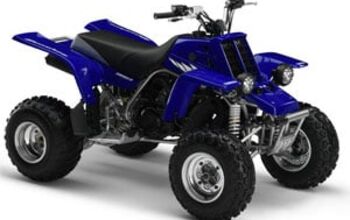


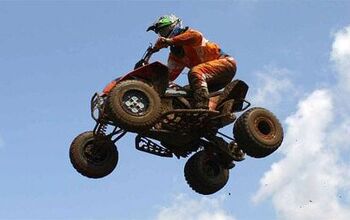



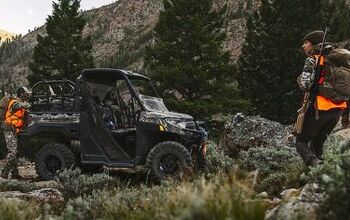

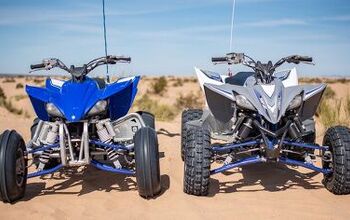
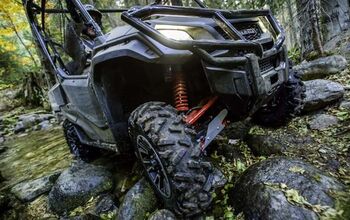
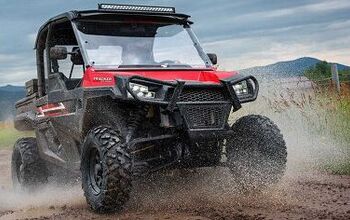
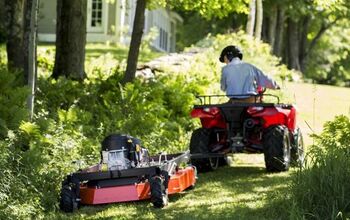

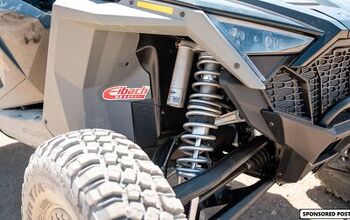
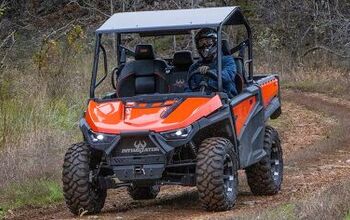

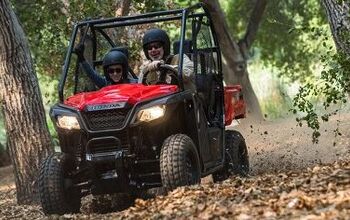
Comments
Join the conversation